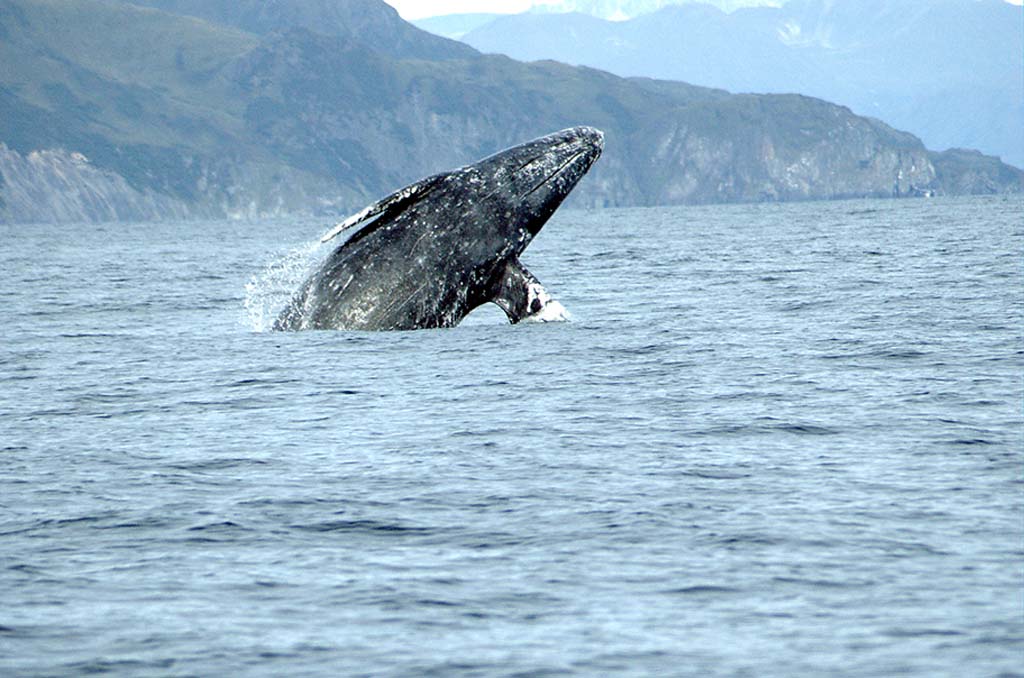REGION — Over the past few weeks, the spray from migrating gray whales has been a popular sight on the coastline.
While it may seem like there are more whales than usual, they’re actually just easier to see, according to Wayne Perryman, program leader for the Marine Mammal and Turtle Division at the Southwest Fisheries Science Center.
“It’s an above average year for calm days and when it’s calm, you see so many more animals than you do when it’s rough,” Perryman said.
It’s still too early in the season to tell if there are more whales migrating this year, Perryman said.
Each year the center does a survey to estimate the abundance of animals migrating southbound and they’re only about a third of the way through.
He said it does seem like the whales have started their migration a little early.
“It does give us the impression that the migration might be a little early this year but we don’t know. We’ve only read a third of the book so we don’t know how it turns out,” Perryman said.
The researchers watch passing whales at a research lab south of Carmel, Calif. Because the continental shelf is narrow there the whales are forced to migrate closer to the shore.
Another factor that makes the whales easier to see is that a larger proportion of the whales are swimming closer to the beach, which Perryman said isn’t unusual.
“There’s a natural variability in the location of the (migration) corridor,” Perryman said.
The gray whale population doesn’t grow quickly, since mothers can only birth a calf once a year.
“The population may be growing slowly but this certainly doesn’t represent some big jump in abundance. You only get to make gray whales once a year and it takes a long time for the whales to grow,” Perryman said.
The population rebounded to about 20,000 since the mid-1900s, when legislation was written to protect the animals.
Gray whales no longer have to worry about hunters in the area but climate change affects their home in the Arctic, according to Perryman.
“They’re not feeding where they used to feed. They’re feeding on different animals than they used to feed on but they seem to be doing OK,” Perryman said. “The population seems to be handling it well.”
The whales are migrating day and night so there isn’t a specific time that’s best for whale watching, although Perryman said that it’s easier to see the spouts when there’s less wind in the morning or in the afternoon when the sun backlights the spray.
Perryman said the best way to see the whales is from a commercial whale watching boat.
Audrey Evans, an education specialist at The Birch Aquarium at the Scripps Institution of Oceanography runs the whale watching boats with Flagship Cruises from December to April.
She said it’s pretty common to see 14 whale spouts in a day from the Institute and they generally see about five to six whales from the boats, which go out in the morning and afternoon.
The whales travel about 10,000 miles south to mate or give birth in warmer lagoons in Baja, according to Evans.
The warm water is good for the young calves because they don’t have fat yet to insulate them from colder temperatures.


